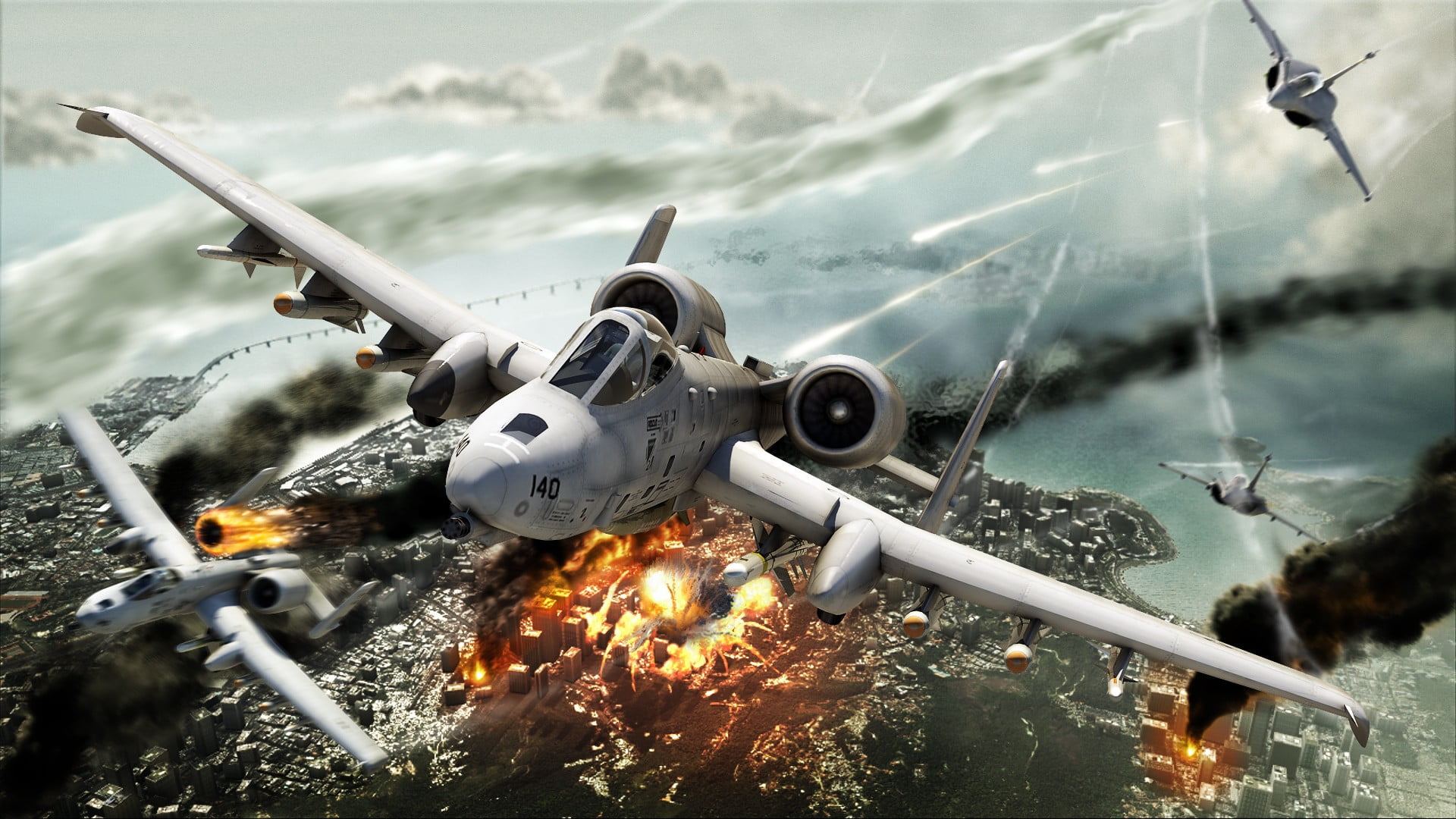
The A-10 Warthog’s Surprising Air-to-Air Prowess: A Dogfighting Force to Be Reckoned With
Pilots have long marveled at the A-10 Warthog’s unique combination of attributes. With its tight turning radius and formidable GAU-8/A Avenger 30mm cannon, the A-10 has earned a reputation for being a force to be reckoned with even in air-to-air combat scenarios.
While the Fairchild Republic A-10 Thunderbolt II is primarily renowned as the king of close air support (CAS), providing vital ground support with its impressive array of firepower, it is often overlooked for its capabilities in air-to-air engagements. Despite not being optimized for air superiority missions and lacking certain features like high-speed capabilities, radar, and radar-guided long-range missiles, the A-10 has the ability to give even the most skilled fighter pilots pause when it comes to close-in dogfights.
The A-10’s slow-speed agility, when combined with clever tactics, allows it to hold its own against advanced fighter aircraft. In fact, the U.S. Air Force Weapons School at Nellis Air Force Base in Nevada includes Basic Fighter Maneuvers (BFM) in its A-10 curriculum to ensure that pilots are prepared for air-to-air engagements, just in case they find themselves in a tight spot with an enemy fighter.
Colonel Denny “Gator” Yount, a retired USAF pilot with extensive A-10 experience, emphasizes the importance of BFM training for A-10 pilots. He explains that even though other fighter jets have radars and superior speed, they quickly learn not to engage in close-in dogfights with A-10s. The Weapons School’s A-10 course, which Yount once taught, starts with BFM as its opening phase, focusing on maximizing the A-10’s performance limits before delving into its air-to-ground mission capabilities.
In contrast to fighter squadrons that prioritize CAS and precision bombing, A-10 units do not regularly practice BFM at the unit level. However, some fighter squadrons request Dissimilar Air Combat Training (DACT) with A-10 units to gain insights into handling this unique opponent.
During DACT exercises, fighter pilots often find themselves challenged by the A-10’s slow speed handling and tiny turn circle. The A-10’s air-to-air armament includes the AIM-9 Sidewinder heat-seeking missile and the GAU-8/A Avenger cannon, traditionally used for ground strafing but highly effective for air-to-air engagements as well.
In these encounters, A-10 pilots try to maintain an advantageous position just outside the enemy’s flight path, relying on their aircraft’s maneuverability and firepower. The A-10’s ability to turn sharply and bring its gun to bear on an opponent can be a game-changer in close-quarters combat.
While the A-10 may not have the latest AIM-9X missiles, its pilots are skilled in making the most of their AIM-9 Sidewinders and the Avenger cannon. Fighter jets attempting to disengage by going high are met with AIM-9 lock-on alarms, creating a challenging situation for the enemy pilot.
In air-to-air engagements, A-10 pilots must choose between the AIM-9 and the cannon, depending on the range of the target. The cannon, when fired, creates a plume of smoke that can be used to intimidate adversaries and influence their decisions.
Despite the challenges posed by the A-10’s unique capabilities, fighter pilots who engage with A-10s in dogfights find themselves respecting the Warthog’s abilities. The A-10’s ability to turn quickly and bring its formidable weaponry to bear makes it a formidable opponent.

Instructors like Colonel Yount have played a crucial role in teaching A-10 pilots how to employ these tactics effectively, ensuring that if the need arises, A-10 pilots can defend themselves or disengage intelligently in the face of enemy fighters.
In conclusion, while the A-10 Warthog is best known for its role in close air support, it is not to be underestimated in air-to-air combat. Its unique capabilities, combined with skilled pilots and training, make it a formidable adversary in close-in dogfights, earning it a well-deserved reputation as a force to be reckoned with in the skies.
Close





